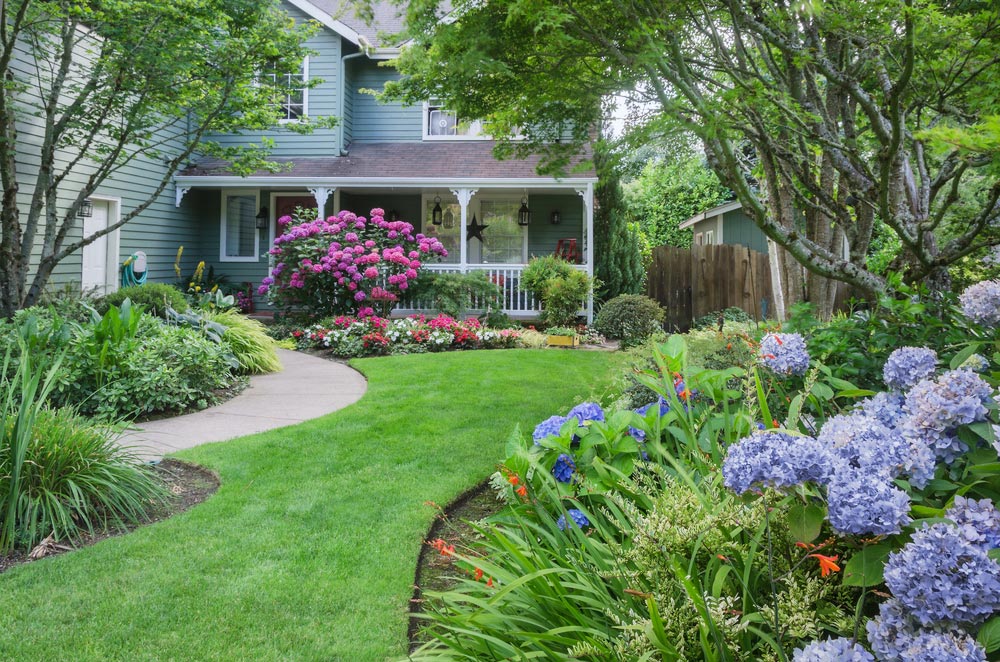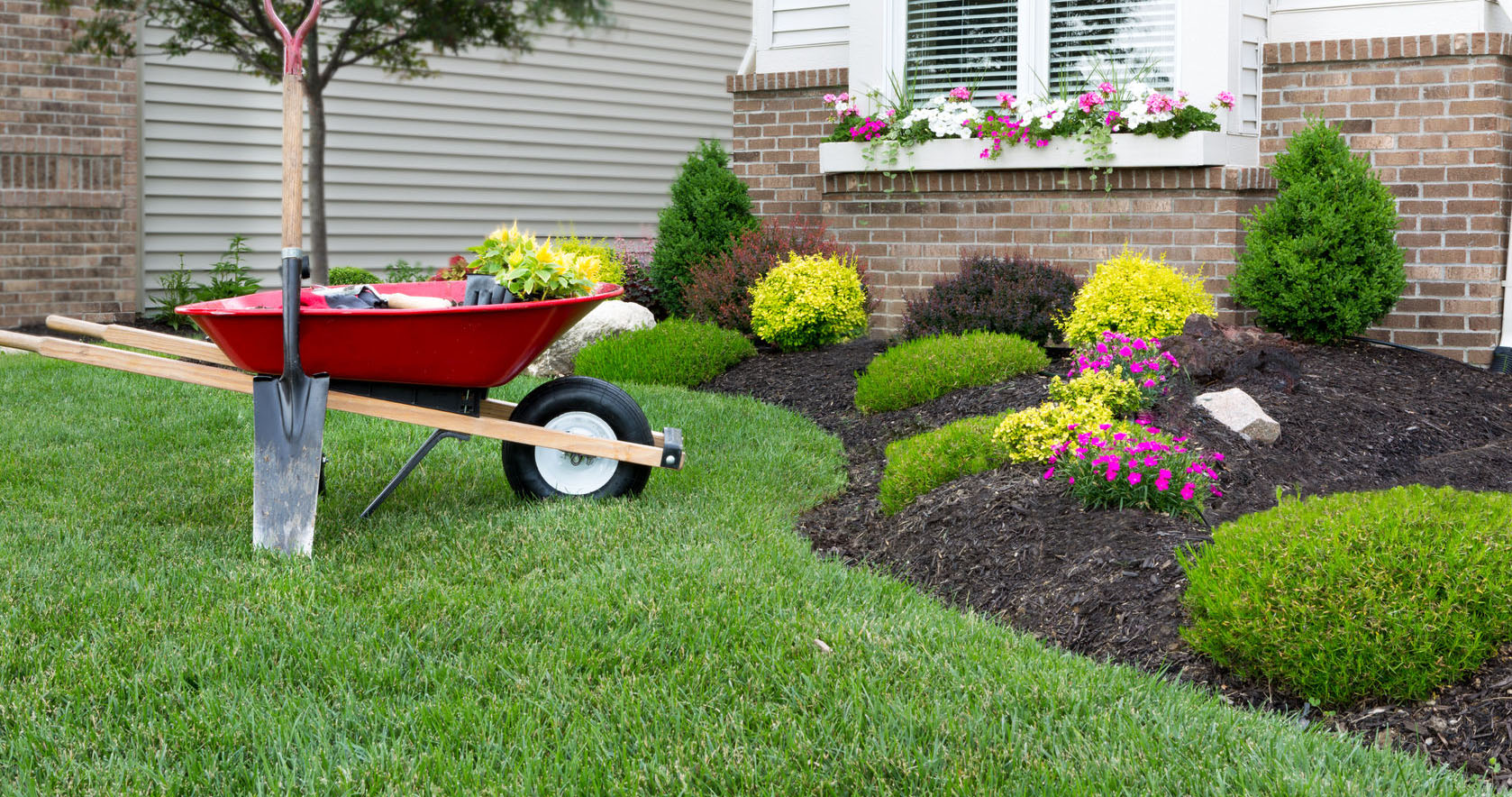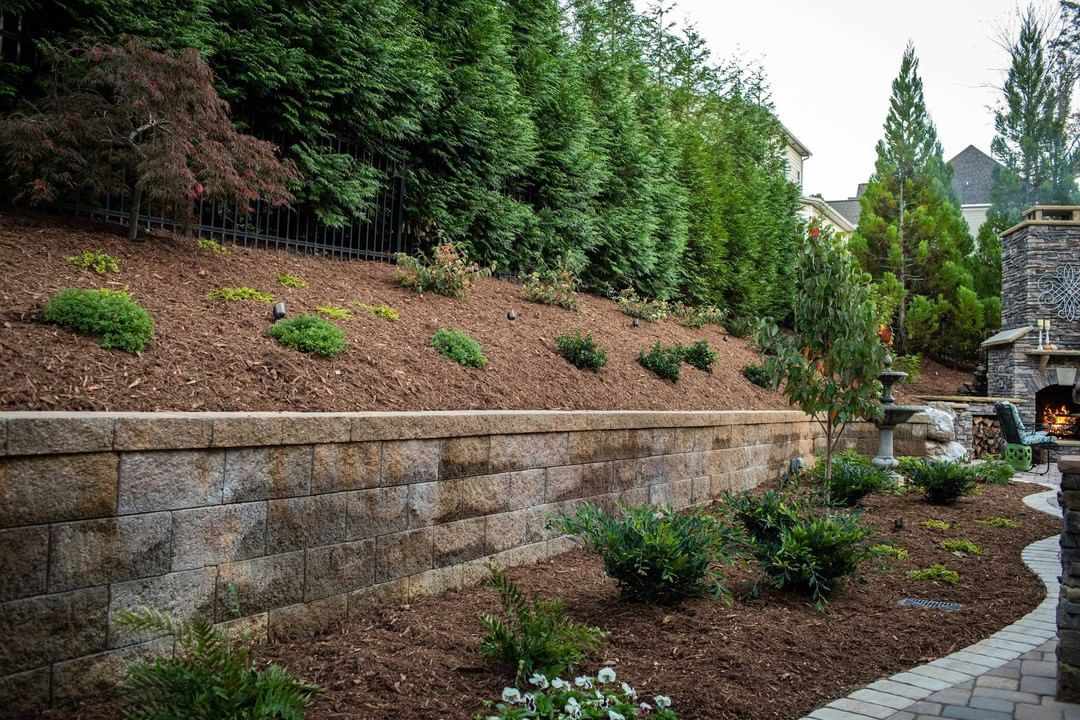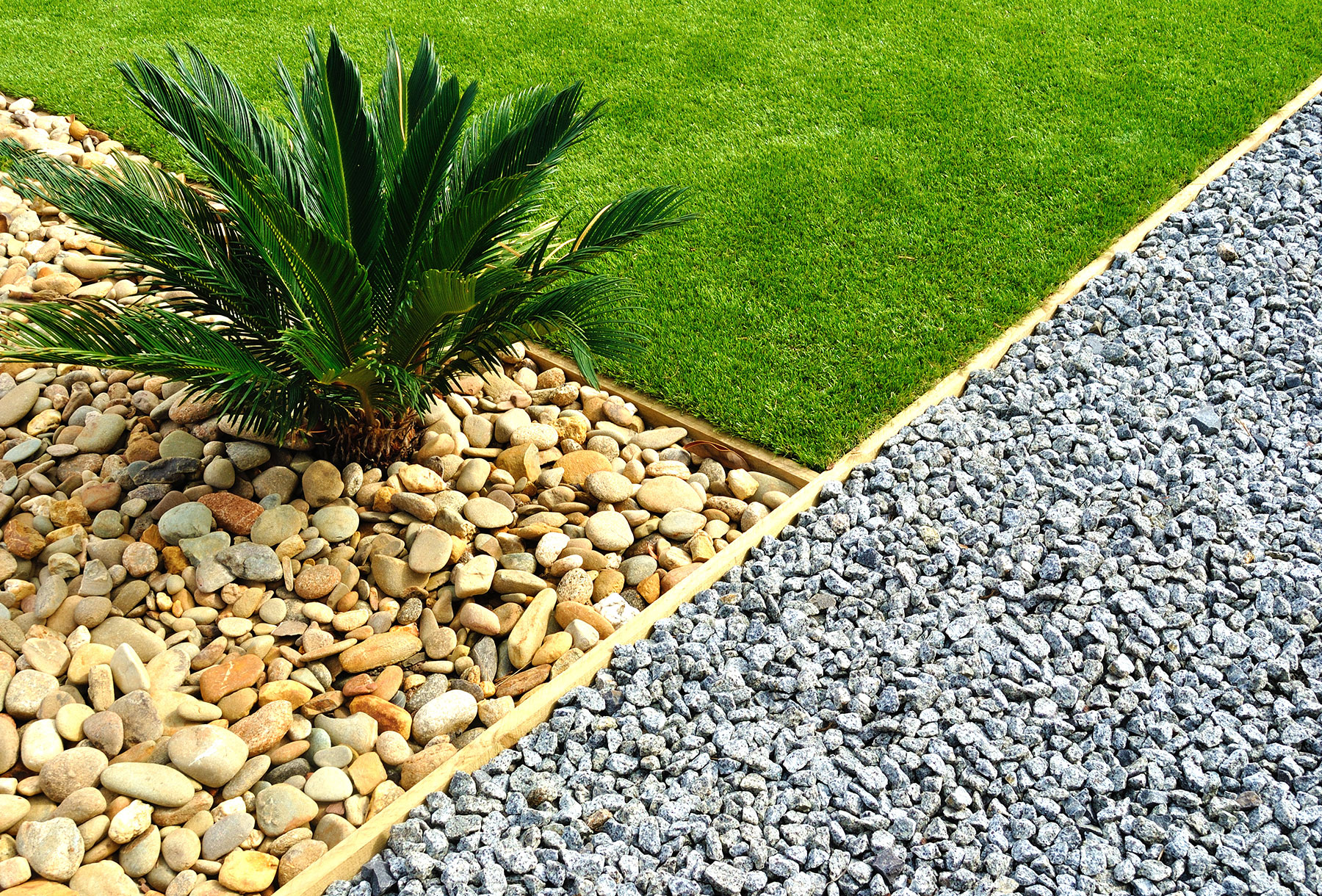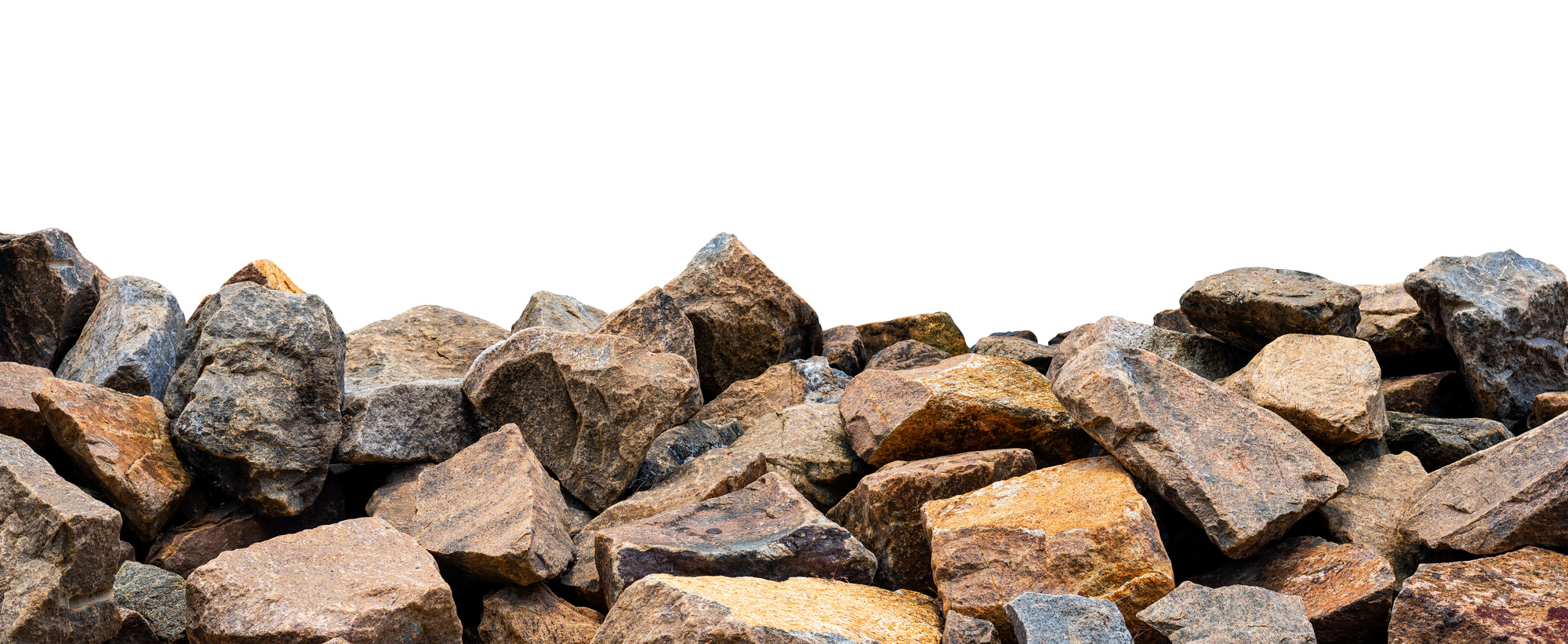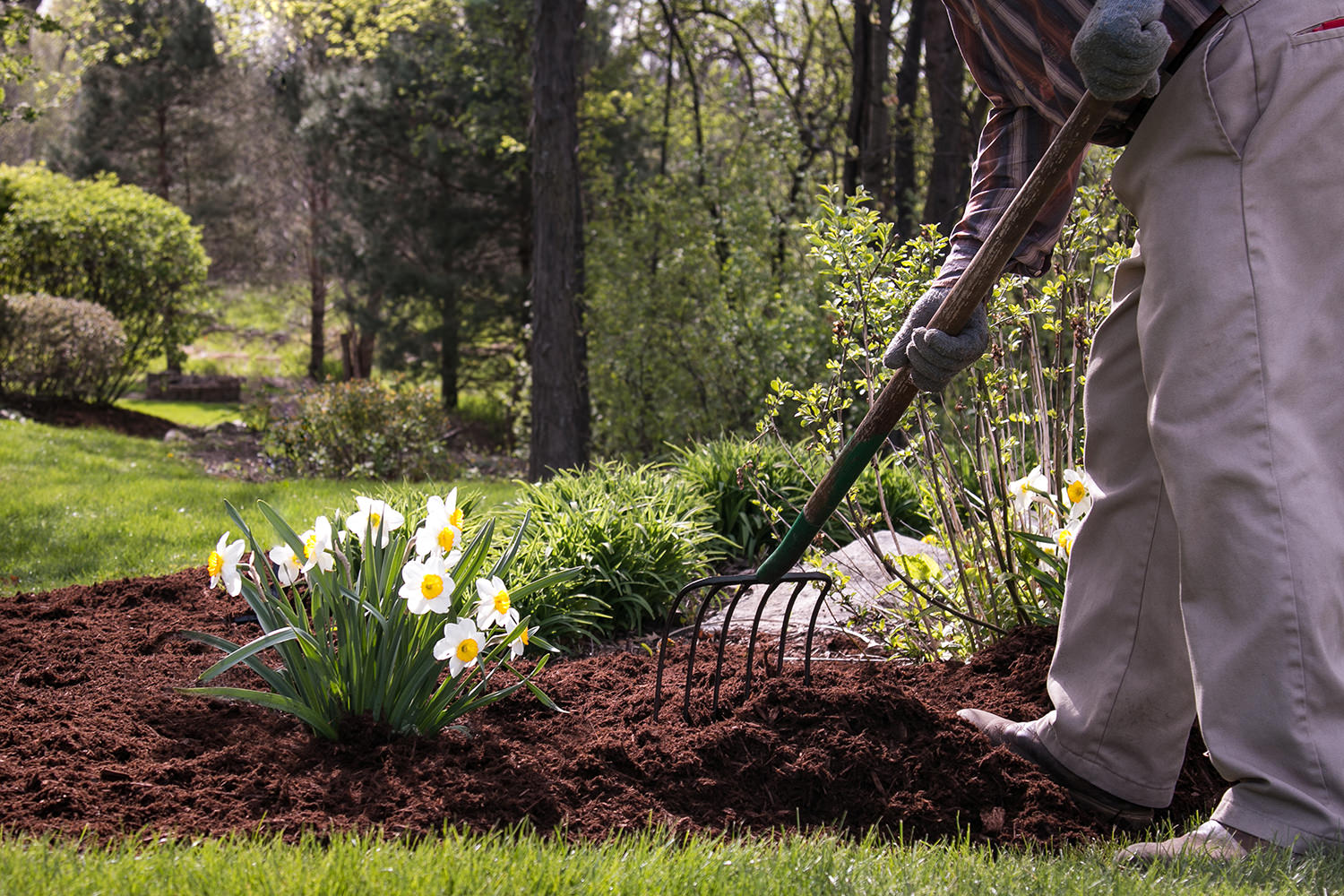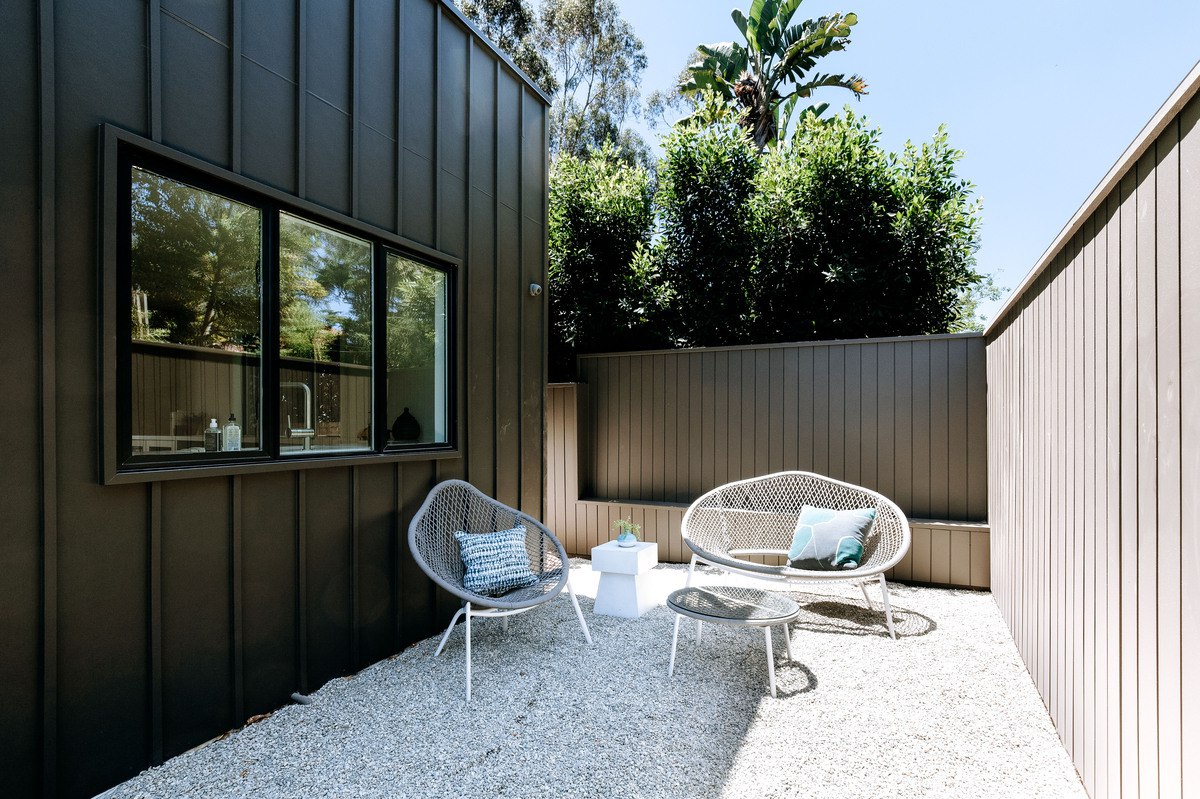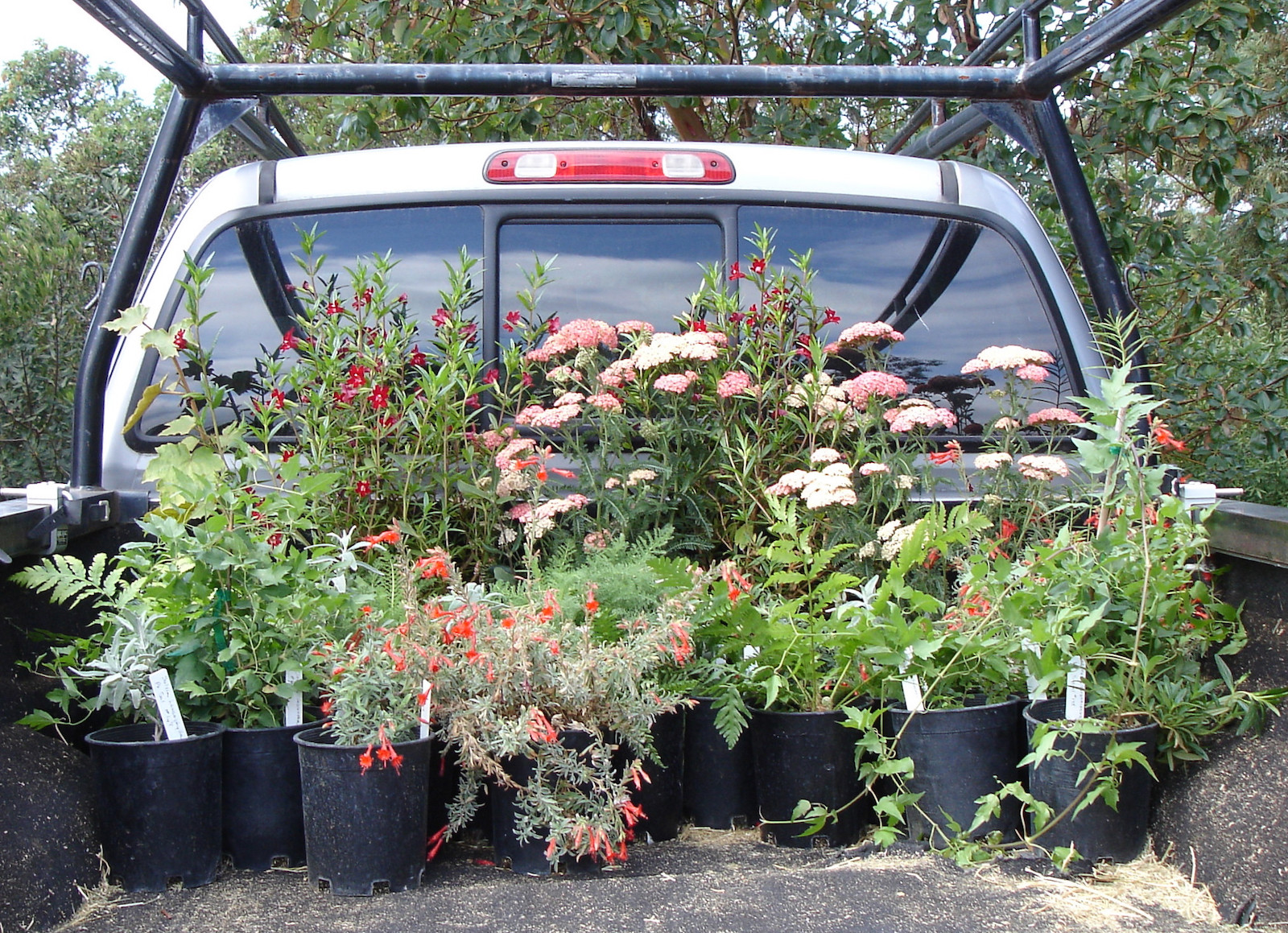Home>Garden Design>Landscape Design>What Is DG In Landscaping
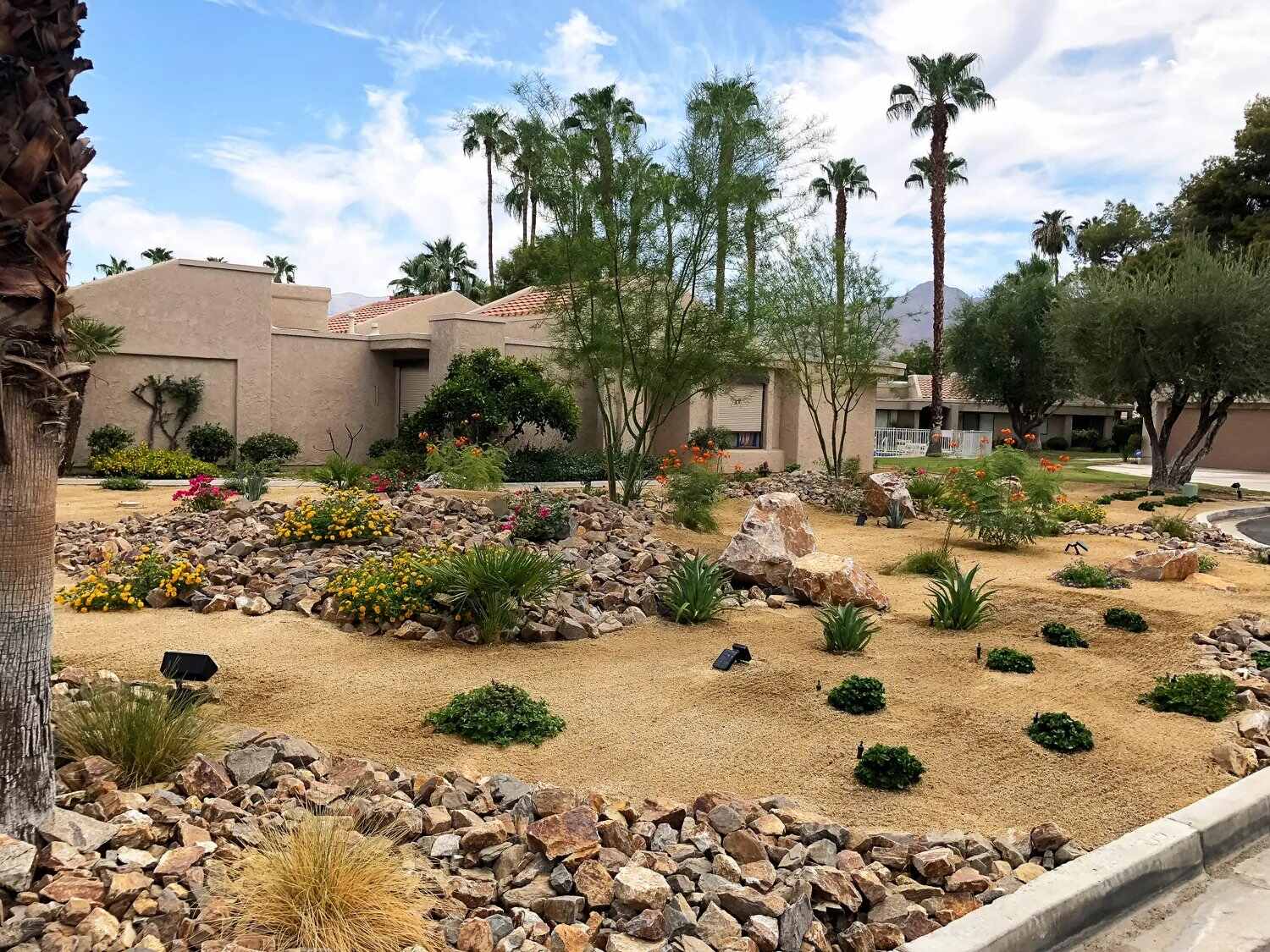

Landscape Design
What Is DG In Landscaping
Modified: January 22, 2024
Discover the role of DG in landscape design and how it enhances your outdoor space. From pathways to garden beds, explore the versatility of this landscaping material.
(Many of the links in this article redirect to a specific reviewed product. Your purchase of these products through affiliate links helps to generate commission for Chicagolandgardening.com, at no extra cost. Learn more)
Table of Contents
Introduction
Welcome to the world of landscaping, where creativity and nature come together to craft beautiful outdoor spaces. Landscaping is an art form that allows individuals to transform their surroundings into a picturesque sanctuary. One of the essential elements in landscaping is the use of materials that not only enhance the aesthetics but also serve a functional purpose. One such material that has gained popularity in recent years is decomposed granite, commonly referred to as DG.
Decomposed granite is a type of finely crushed stone that is created through the natural weathering of granite rocks. It is known for its versatility, affordability, and durability, making it an excellent choice for various landscaping projects. Whether you want to create a welcoming pathway, an attractive patio, or a decorative garden feature, DG can be an ideal solution.
Throughout this article, we will explore the uses and benefits of DG in landscaping, as well as address common misconceptions surrounding its use. If you have ever wondered about incorporating this versatile material into your landscaping projects, read on to discover the wonders of DG.
Definition of DG in Landscaping
Decomposed granite, or DG, is a type of natural crushed stone that is commonly used in landscaping projects. It is created by breaking down granite rocks through a process of weathering and erosion. The resulting material is then crushed to various sizes, ranging from small granules to larger pieces.
DG is known for its distinctive brownish color, which can vary depending on the source of the granite. This earthy tone adds a warm and natural aesthetic to any landscape design. Additionally, DG is available in different grades or types, including stabilized and non-stabilized.
Stabilized DG is mixed with a binder, such as a resin or organic material, to create a more compact and durable surface. This makes it suitable for high-traffic areas like walkways and driveways. On the other hand, non-stabilized DG is more commonly used for decorative purposes, such as in garden beds or as a ground cover.
As a landscaping material, DG offers several advantages. It is permeable, allowing water to pass through and reducing the risk of flooding or pooling. This makes it environmentally friendly and compliant with water conservation efforts. DG is also low maintenance, requiring minimal upkeep compared to other materials like concrete or pavers.
Overall, DG is a versatile material that can be used in a variety of landscaping applications. Its natural look, permeability, and low maintenance characteristics make it a popular choice among landscape designers and homeowners alike.
Uses of DG in Landscaping
Decomposed granite (DG) offers a wide range of uses in landscaping, making it a versatile material that can elevate the aesthetics and functionality of outdoor spaces. Let’s explore some of the common applications of DG:
- Pathways and Walkways: DG is an excellent choice for creating pathways and walkways in your garden or outdoor area. Its natural, rustic appearance adds charm and character to any landscape design. Whether you prefer a straight, formal pathway or a meandering, organic walkway, DG can be easily shaped and compacted to fit your desired design.
- Patios and Outdoor Seating Areas: DG can be used to construct beautiful patio spaces and outdoor seating areas. Its permeability allows rainwater to drain naturally, preventing water accumulation and potential damage. By laying DG as a base and installing pavers or flagstones on top, you can create a visually appealing and functional patio that blends seamlessly with the surrounding landscape.
- Garden Beds and Planting Areas: Utilizing DG in garden beds and planting areas can enhance the visual appeal of your landscape. Its earthy color provides a natural backdrop for plants, allowing them to stand out and showcase their beauty. DG can also help with weed suppression and moisture retention, creating a favorable environment for the growth of your plants.
- Driveways and Parking Areas: For those looking for an alternative to traditional concrete or asphalt driveways, DG is an excellent option. Stabilized DG can provide a stable and durable surface for vehicles while maintaining a natural and aesthetically pleasing appearance. However, it’s important to note that regular maintenance, such as recompacting and reapplying the stabilizer, may be required to ensure its longevity.
- Water Features: DG can be used to create stunning water features, such as dry creek beds or decorative ponds. Its permeable nature allows for proper water drainage, reducing the risk of standing water and potential water damage. Combined with strategically placed boulders and plants, DG can mimic the look and feel of a natural watercourse, adding a touch of tranquility to your landscape.
These are just a few examples of how DG can be incorporated into landscaping projects. The versatility and natural beauty of this material make it a popular choice for homeowners and landscape designers alike.
Benefits of Using DG in Landscaping
There are numerous benefits to using decomposed granite (DG) in landscaping projects. Let’s explore some of the key advantages:
- Natural Aesthetics: DG adds a touch of natural charm and beauty to any landscape design. Its earthy tones complement the surrounding environment and create a harmonious transition between hardscape and greenery. Whether you’re aiming for a modern, rustic, or Mediterranean-inspired look, DG can help achieve the desired aesthetic.
- Permeability: DG is permeable, meaning it allows water to seep through and reach the underlying soil. This feature is especially beneficial in areas with heavy rainfall or poor drainage. It helps prevent water accumulation, reduces the risk of erosion, and promotes healthier plant growth by allowing water to reach the roots.
- Low Maintenance: Compared to other materials like concrete or pavers, DG requires minimal maintenance. It does not crack or shift like concrete, eliminating the need for constant repairs. DG also doesn’t need frequent weeding or mowing like grass, making it a great option for those seeking a low-maintenance landscaping solution.
- Cost-Effective: DG is generally more cost-effective than other hardscape materials. It is readily available and can be purchased in bulk, reducing the overall cost of the project. Additionally, the installation process is relatively simple, which can further save on labor expenses.
- Environmentally Friendly: DG is an environmentally friendly option for landscaping projects. Its permeability allows rainwater to infiltrate the soil, reducing water runoff and the strain on stormwater systems. DG is also a natural material that does not produce harmful pollutants or require extensive energy resources for production.
- Versatility: DG is a versatile material that can be used in a wide range of landscaping applications. From pathways and driveways to garden beds and water features, DG can adapt to various design styles and purposes. Its flexibility allows for creative freedom and customization in your landscaping projects.
With its natural aesthetics, permeability, low maintenance requirements, cost-effectiveness, environmental benefits, and versatility, it’s no wonder why DG has become a popular choice in landscaping.
Factors to Consider When Using DG in Landscaping
While decomposed granite (DG) has numerous benefits, it’s important to consider certain factors before using it in your landscaping projects. Here are some key factors to keep in mind:
- Drainage: DG is permeable, allowing water to pass through easily. However, it’s crucial to ensure that the underlying soil has proper drainage to prevent water buildup. If your soil has poor drainage, consider incorporating drainage solutions such as French drains or gravel trenches before using DG.
- Stabilization: If you plan to use DG for high-traffic areas like pathways or driveways, consider using stabilized DG. Stabilized DG is mixed with a binder that helps compact the material and increase its durability. Without stabilization, DG may break down and become loose over time, especially in areas with heavy foot traffic or vehicle usage.
- Installation Depth: The recommended depth for installing DG varies depending on the intended use. For pathways and walkways, a minimum depth of 2 to 4 inches is generally sufficient. However, for driveways or areas with heavier use, a depth of 4 to 6 inches may be necessary to ensure proper stability.
- Edging: To prevent the spread of DG into unwanted areas, consider installing edging or borders along the edges of your project. This will help maintain a clean and defined appearance while also keeping the DG contained within its designated space.
- Maintenance: While DG is low maintenance, some regular upkeep may be required. Over time, DG may become compacted or uneven, requiring raking or regrading to maintain a smooth surface. Additionally, weeds may still emerge in DG, so occasional weeding may be necessary to keep the area weed-free.
- Compatibility: Consider the compatibility of DG with the existing elements of your landscape. Ensure that the color and texture of the DG complement the surrounding plants, hardscape, and overall design. Take into account the overall style and theme of your landscape to create a cohesive and harmonious look.
By considering these factors, you can ensure that the use of DG in your landscaping projects is successful and meets your specific needs. Proper planning and attention to these details will help you create a beautiful and long-lasting outdoor space.
Common Misconceptions about DG in Landscaping
When it comes to using decomposed granite (DG) in landscaping, there are a few common misconceptions that may deter homeowners or landscape designers from fully embracing this versatile material. Let’s debunk some of these misconceptions:
- It’s Dusty and Messy: One misconception about DG is that it is excessively dusty and creates a mess. While DG can generate some dust initially, proper compaction and maintenance can minimize dust dispersion. Applying a stabilizer during installation can also help alleviate this issue. Regular maintenance, such as raking or regrading, will help keep the surface smooth and reduce the accumulation of loose particles.
- It Tracks into the House: Some people worry that DG will track into their homes, creating a constant cleaning challenge. However, with proper installation and maintenance, this can be easily avoided. Installing sturdy borders or edging around the DG area will help contain the material and prevent it from spreading. Additionally, providing a designated space for shoe cleaning near entrances can help reduce the transfer of DG into the house.
- It’s Difficult to Walk or Drive on: Another misconception is that DG is difficult to walk or drive on, especially when compared to concrete or paved surfaces. While it may not provide the same level of stability as solid surfaces, properly compacted and stabilized DG can offer a solid and reliable surface. With the right installation depth and maintenance, DG can withstand moderate foot traffic and even vehicle weight without significant issues.
- It Attracts Weeds: It is commonly believed that DG is a haven for weeds and requires constant weeding. While some weeds may still find their way through the DG surface, the use of proper weed barriers during installation can help prevent weed growth. Regular weeding maintenance, along with applying weed control products, can effectively minimize weed intrusion and keep your DG area looking clean and pristine.
- It’s Only Suitable for Arid Climates: DG is often associated with arid or desert landscapes. However, it can be used in a variety of climates and settings. With its permeability, DG allows water to drain through, making it a suitable option even in regions with higher rainfall. Combined with proper drainage solutions, DG can be utilized effectively in various climates.
By dispelling these misconceptions, it becomes clear that DG is a viable and versatile material for landscaping projects. With proper installation, maintenance, and understanding, DG can offer numerous benefits and enhance the visual appeal of your outdoor space.
Conclusion
Decomposed granite (DG) is a fantastic landscaping material that brings both aesthetic and functional benefits to outdoor spaces. Its natural beauty, permeability, low maintenance requirements, cost-effectiveness, and versatility make it a popular choice for homeowners and landscape designers alike.
Throughout this article, we have explored the definition of DG, its various uses in landscaping, the numerous benefits it offers, important factors to consider when using it, and common misconceptions associated with its use. By understanding these aspects, you can make informed decisions when incorporating DG into your landscaping projects.
Whether you choose to create a picturesque pathway, a charming patio, or a vibrant garden bed, DG provides a versatile and durable solution. Its ability to blend seamlessly with natural surroundings and its environmentally friendly qualities add to its appeal.
Remember to consider factors such as drainage, stabilization, installation depth, maintenance, compatibility, and address common misconceptions when working with DG. By doing so, you can create a stunning and long-lasting outdoor space that captures the essence of beauty and functionality.
So, unleash your creativity, explore the possibilities, and embrace the beauty of decomposed granite in your landscaping projects. Let DG be your partner in transforming your outdoor space into a captivating sanctuary that reflects your unique style and love for nature.
